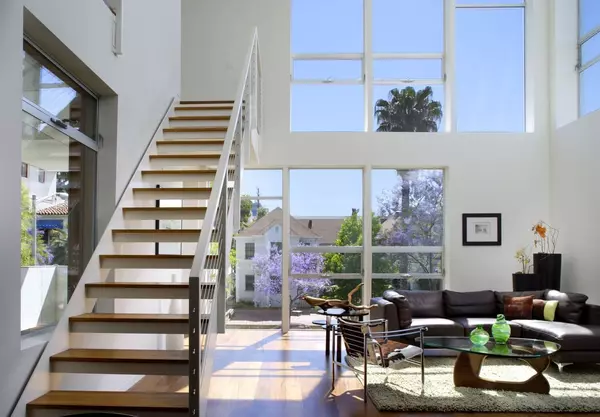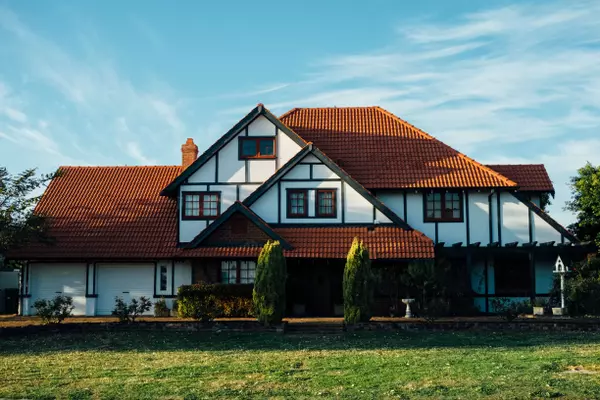The Mobile Home Comeback: New California Program Offers Cash To Repair or Replace Aging Homes

Mobile and manufactured homes are having their moment. As a vital source of naturally occurring affordable housing, they’re one of the few options left for low- and moderate-income households priced out of traditional homeownership.
But this form of housing isn’t without complication.
Many of the mobile homes in use today weren’t built to last. Units constructed before 1976—when the federal government first imposed safety and durability standards—were designed as temporary dwellings. They come with a slew of structural issues, including vulnerability to climate change. Still, more than 1.2 million of these aging homes remain in use across the U.S., including about 177,000 in California alone, according to research from the Urban Institute.
Now, one county is stepping in.
Nevada County, CA, has launched an effort to help mobile-home owners repair or replace homes through the state’s Manufactured Housing Opportunity and Revitalization (MORE) program, with the goal of preserving affordability and preventing displacement in one of the state’s most overlooked housing sectors.
“Home repair is an important strategy to address housing affordability,” Tyler Barrington, director of Nevada County's housing and community services, told Yuba.net. “This funding supports affordability of homeownership in Nevada County by preserving existing homes.”
The MORE program is not just about patching roofs or swapping out water heaters. It’s a test case for whether local governments can extend the life, relevance, and availability of one of the last housing options that’s affordable by design.
Why this program matters now
California has been one of the states hit hardest by high housing costs. Today, a site-built mid-tier house in the Golden State costs $786,000, about twice as much as a similar $369,000 home nationally, according to the California’s Legislative Analyst’s Office. Manufactured homes in the state, by contrast, cost an average of just $154,500, according to 2023 data.
“Manufactured and mobile homes are an important source of affordable housing, but they often have deferred maintenance or aging infrastructure to address,” Eric Zibbel, housing project manager for Nevada County's housing and community services, shared with Yuba.net.
The risk is twofold: First and foremost, deferred maintenance poses serious risks for residents—particularly low-income seniors and families with limited mobility—who may be living in homes with outdated wiring, failing foundations, or failing HVAC systems.
It also poses a broader threat to California’s already strained housing supply. When manufactured homes fall into such severe disrepair that they’re no longer livable, the state doesn’t just lose a house—it loses a rare source of affordable housing.
But MORE aims to prevent that from happening, by empowering homeowners to make the changes they need while also preserving this important form of affordable housing.
“With this program, homeowners can get the repairs they need and remain in their homes,” added Zibbel.
Without this kind of targeted investment, these homes could disappear from the housing landscape, taking a critical, cost-effective housing solution with them.
What the MORE program covers
The MORE program covers fixes for health and safety issues, like faulty wiring, plumbing, roofing, or heating. The program also funds accessibility upgrades, as well as energy-efficiency improvements like better insulation or modern HVAC systems.
In cases where a home was built before 1976 or the total repair cost exceeds $75,000, the program can even cover a full replacement to a newer, Department of Housing and Urban Development-compliant manufactured unit.
Applications are reviewed on a first-come, first-served basis, but priority is given to homes with existing health and safety code violations. Homes flagged by a licensed contractor, inspector, or engineer fall into the second tier, followed by those in need of energy or accessibility upgrades.
To qualify, applicants must own and live in a mobile home located in a Nevada County mobile home park. The program is designed for households earning up to 80% of the area median income—that’s up to $58,350 for a single-person household, or $83,350 for a family of four.
Homeowners must also commit to staying in the home for at least two years after repairs or replacement are completed.
Mobile homes, aging infrastructure, and the bigger picture
Manufactured and mobile homes are becoming an increasingly important piece of the affordable housing puzzle. As home prices rise and new construction lags behind demand, factory-built housing offers a faster, lower-cost alternative for people priced out of traditional homeownership.
But for the movement to take hold, it will need significant support.
Mobile and manufactured homes depreciate over time, unlike traditional real estate. That can complicate everything from appraisals to financing, making parks less attractive to lenders and harder for residents to leverage for home improvement loans.
Localized repair and replacement programs like MORE, though, offer a glimpse at a future that embraces this type of naturally occurring affordable housing. By focusing on preserving what already exists—especially in communities where land is scarce and displacement risks are high—these programs offer a practical, immediate way to stabilize vulnerable communities without waiting years for new units to break ground.
Categories
Recent Posts











"My job is to find and attract mastery-based agents to the office, protect the culture, and make sure everyone is happy! "
